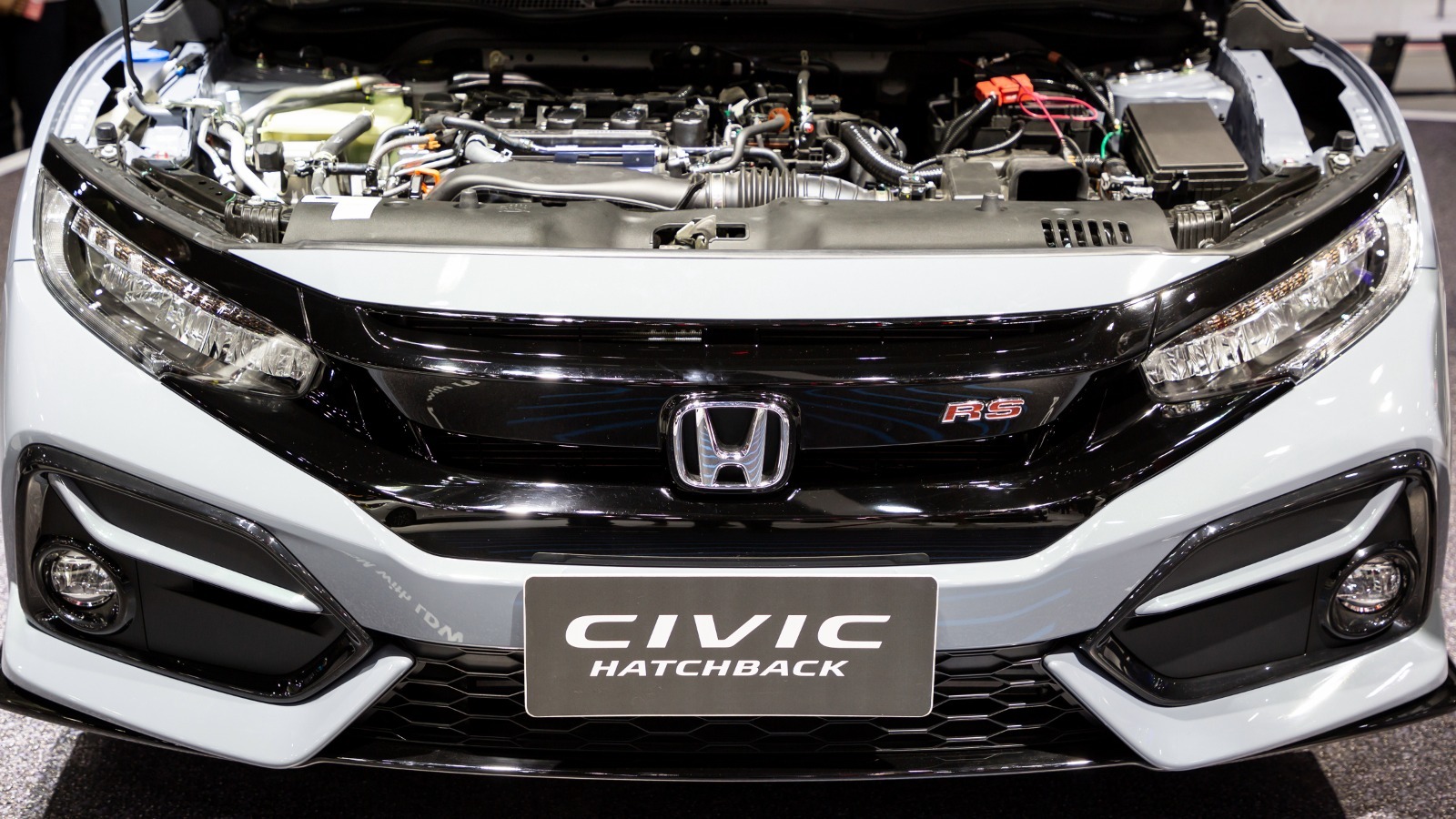Proper driving habits put less stress on your Civic’s parts and will lower the need for replacements and servicing. As a general rule, it’s bad driving practice to accelerate and brake suddenly. Not only does this wear your brake pads, rotors, and tire treads quicker, but it could push parts into positions they shouldn’t be in, damaging them. There are more obvious rules, of course, like never exceeding your car’s maximum payload or towing capacity and never ignoring a check engine light on the dashboard.
For manual Civics, there are a plethora of bad habits you should watch out for. Some important ones you should know are: don’t shift gears too early, don’t switch from drive to reverse without coming to a complete stop, don’t rev too high while in low gear, and don’t leave your foot on the clutch after changing gear. All of these things will wear out your car’s drivetrain, transmission, and engine much faster.
Another important driving habit is never driving your Honda Civic with a low gas tank. Driving around with a low tank means that your Civic will likely draw in dregs at the bottom of your tank and clog or damage something. Gas also acts as a coolant for your fuel pump, and it can overheat when you use it with low fuel. Hondas are among the most fuel-efficient cars but try to ensure your tank is at least half full at all times.


